Invented in China more than two millennia ago, tofu remains one of the most versatile sources of plant-based protein. Joyce Yip finds out how Hong Kong’s tofu-makers are experimenting with a time-honored legacy.
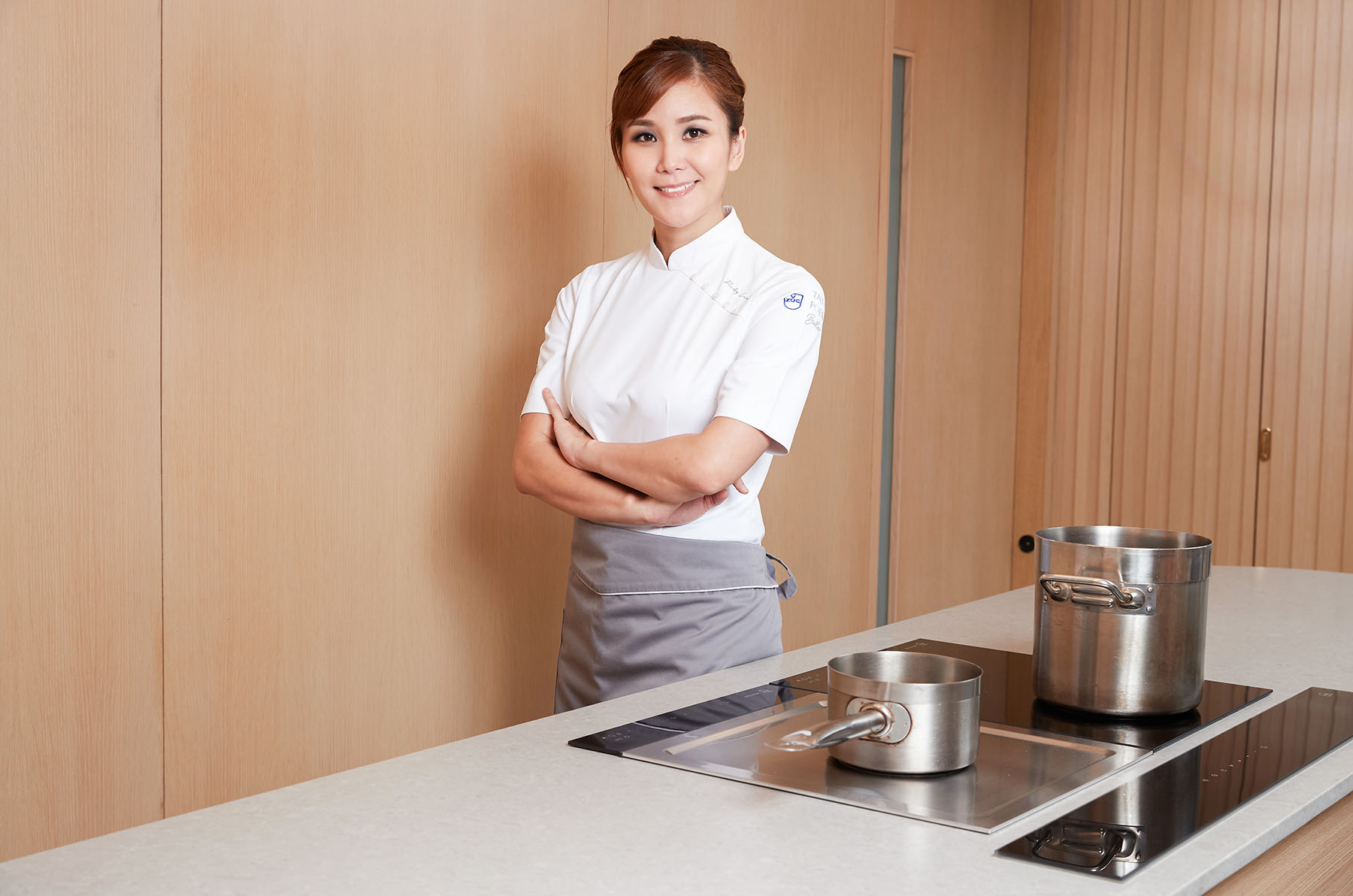
Ming Court, a Chinese restaurant in the Cordis Hong Kong hotel, introduced a “Soy Symphony” menu in March. The restaurant sourced the main ingredient for the dishes from Kung Wo Beancurd Factory in Sham Shui Po. Kung Wo’s director Renee So was amazed when she saw pictures of the elegant dishes made using the stuff produced in bulk in her 70-square-foot kitchen on a daily basis. She hadn’t realized that the humble tofu had such immense creative potential.
Her colleagues, on the other hand, were more astonished by the HK$268 ($34.16) price tag attached to a stuffed tofu dish on Ming Court’s menu. Kung Wo’s version of the same retails at HK$14 for four pieces. While Ming Court does offer a side of salted fish, the difference in pricing is probably owed to a Michelin-starred brand name and the ambience and opulent restaurant design befitting an international hotel chain.
So thinks tofu might be stuck in a bind. Most consumers take it for granted that compared with other protein sources, tofu is cheap to produce, and by that some token, they are often reluctant to pay for innovative tofu-based dishes.
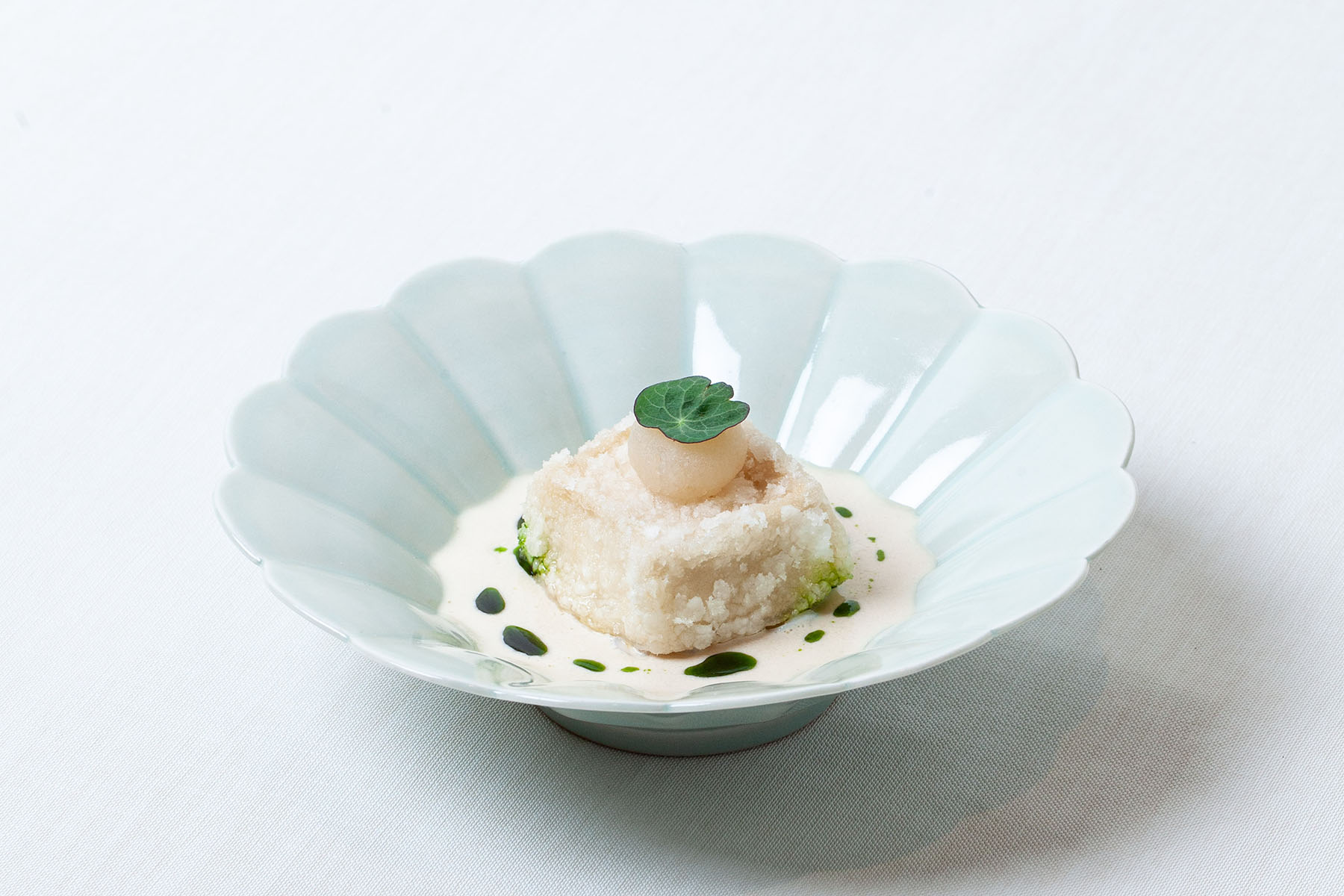
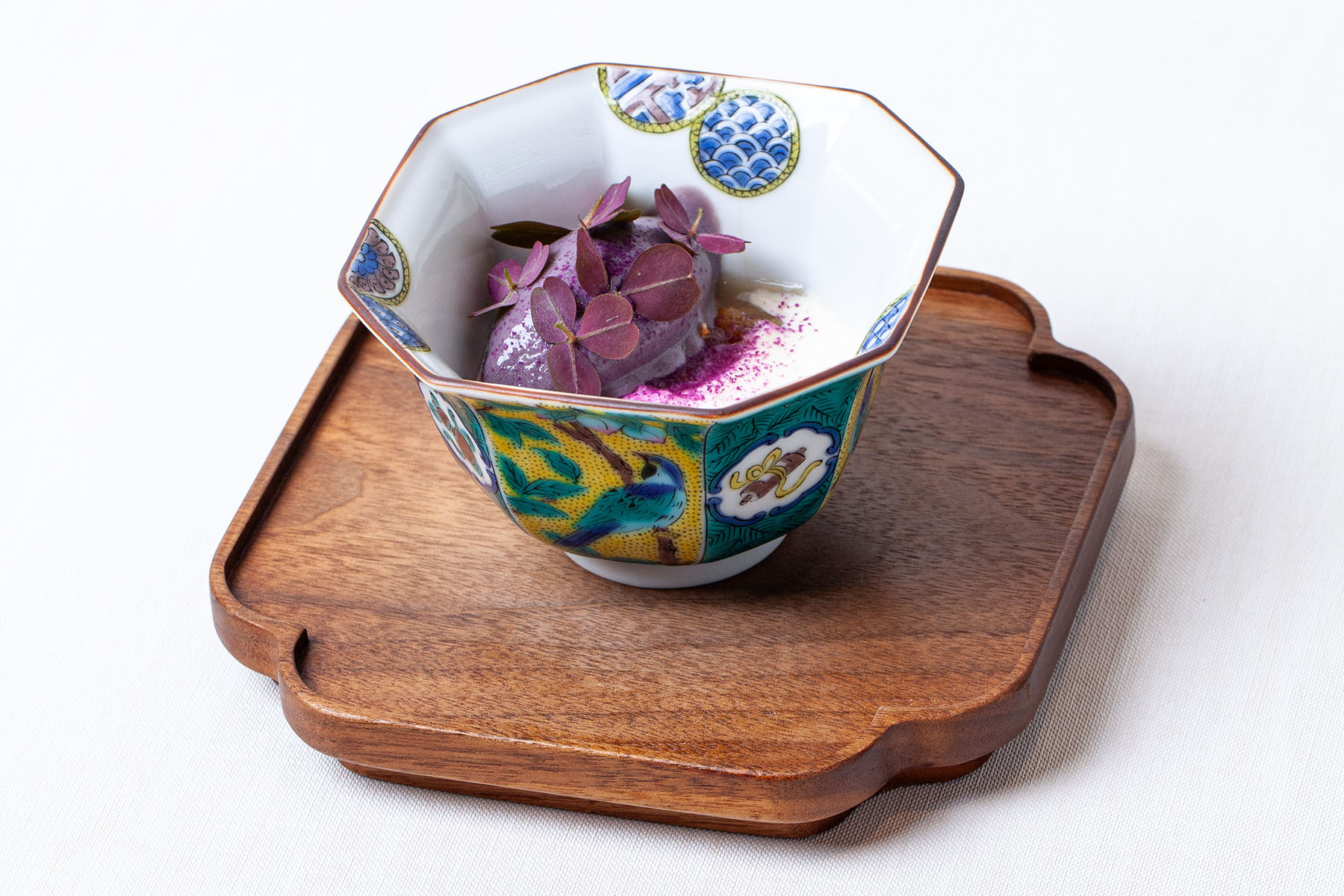
Kung Wo’s original Canton Road establishment was started 132 years ago. Today, its Sham Shui Po workshop churns out more than 1,000 pieces of pristine white cubes, besides soy products like dried and fermented bean curd, pan-seared stuffed tofu, as well as soy milk of various flavors on a daily basis.
After So joined the company a decade ago, she added tofu milk pudding and tofu and ginger ice cream to the menu in order to attract “those who might not enjoy tofu in their traditional presentations”. More innovations seem unlikely at this stage, given the lack of space and manpower at Kung Wo. To keep her creative juices flowing, So collaborates with the likes of Cordis and the Italian gelato brand Venchi — the latter’s tofu pudding gelato is made using stock from Kung Wo.
“Patrons have been buying from Kung Wo for generations,” So says, adding that her clientele includes former Hong Kong residents who make it a point to swing by the Sham Shui Po store when they are visiting the city. “There are items on the menu that we just cannot remove due to their history and sentimental value.”
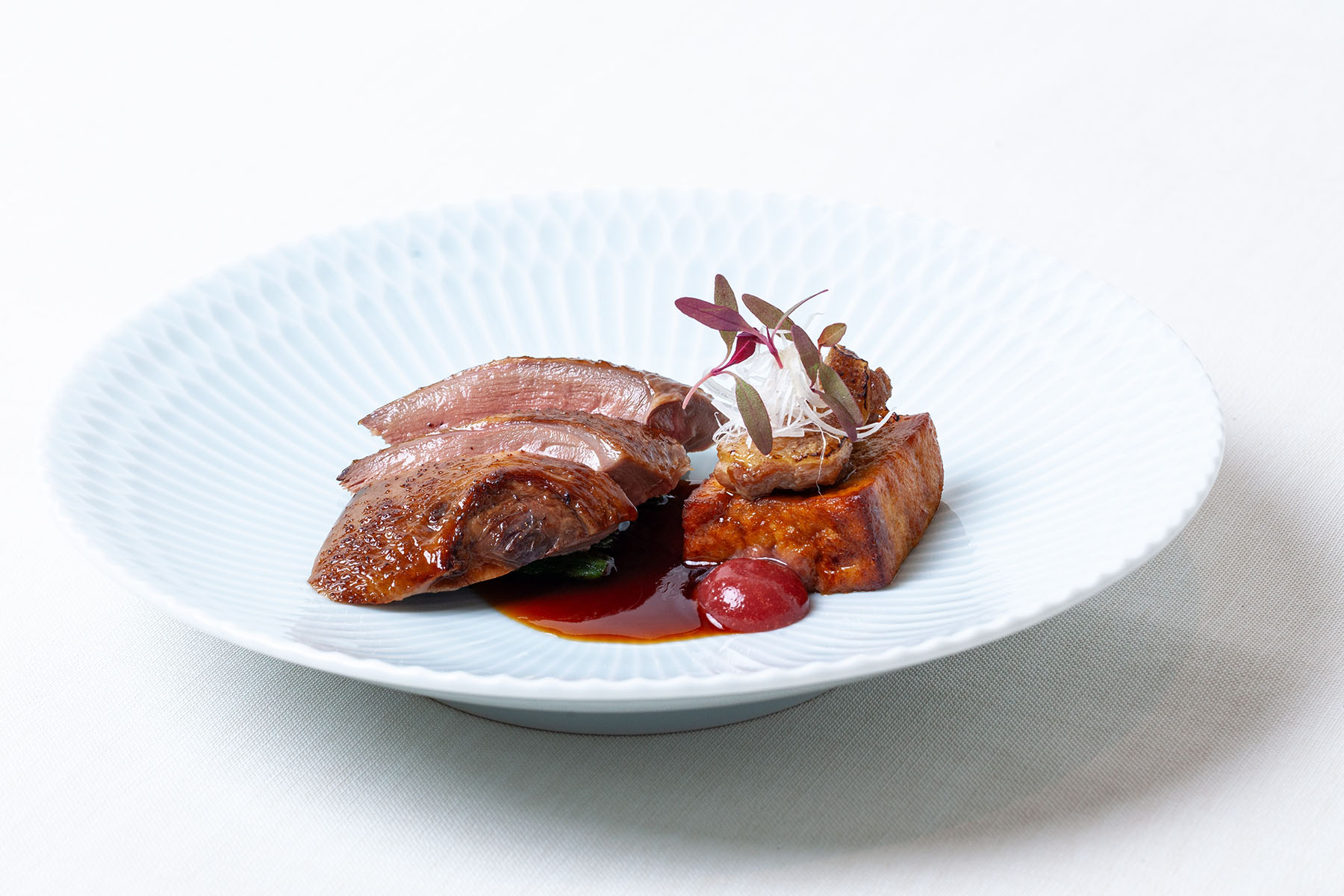
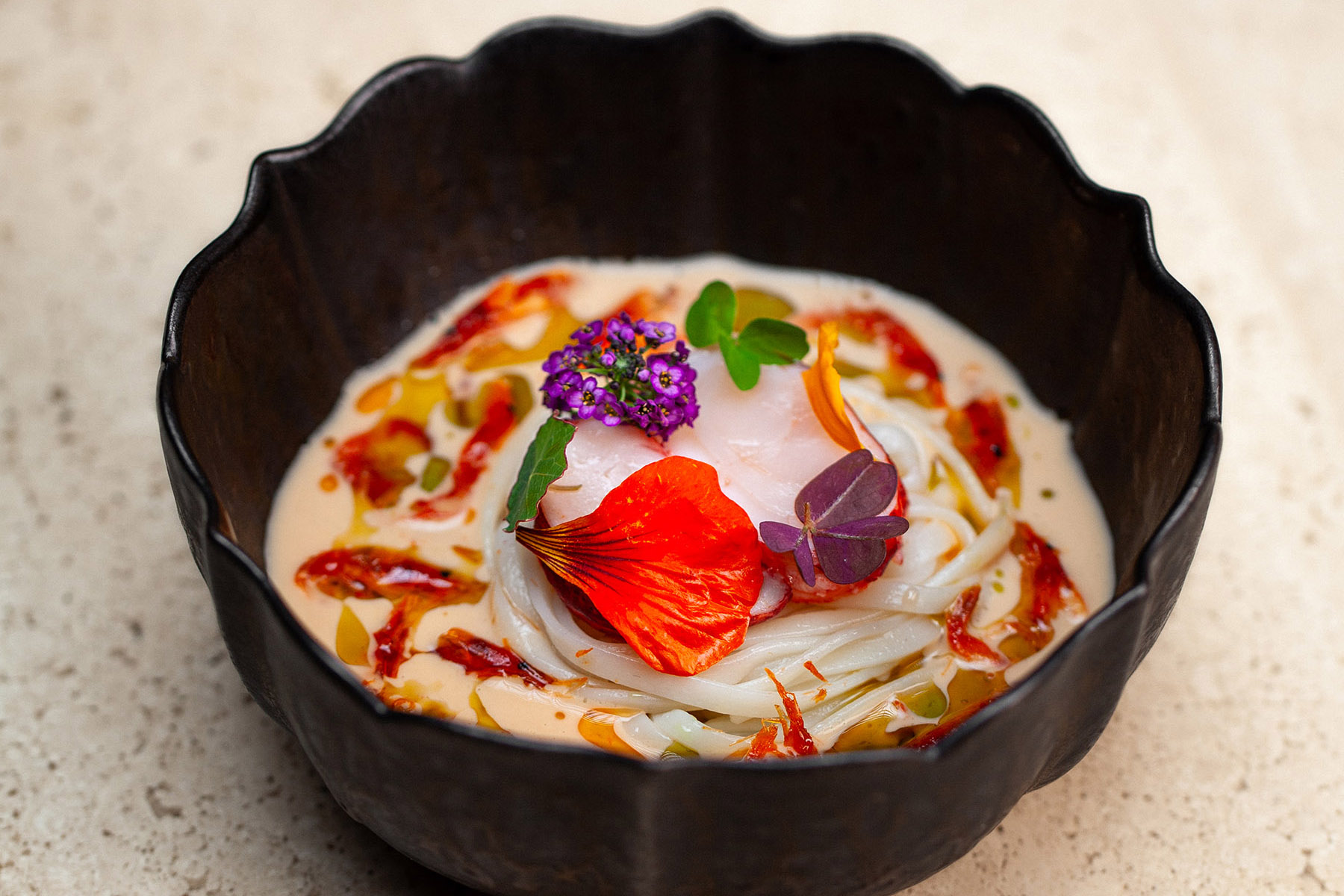
A Chinese invention
Legend has it that tofu was invented in China during Han Dynasty (206 BC-AD 220) rule. The first emperor’s grandson, Prince Liu An (179-22 BC), is credited with leading the enterprise. It is one of the few processed foods that has stood the test of time as well as garnered an international acceptance. One can find it in spicy Korean kimchi stews and under dancing bonito flakes served in Japan. In Sichuan province, it takes the form of mapo tofu, bubbling in pots of fiery chili. It’s also a staple of the patties that go inside vegetarian burgers in most countries.
The process of making tofu has not changed much over the years. Soybeans are soaked, crushed, boiled and ground into a pulp, which is then filtered to make soy milk. Coagulants are added so that the mixture can solidify and be pressed into different shapes. The source of the beans, coagulant type and the duration of applying pressure determine the flavors and firmness that lend a piece of tofu its distinct regional characteristics. Japanese tofu, for instance, has a silky texture that lends itself to mildly flavored dishes, whereas the North China variety is more porous and hence quick to absorb the brothy goodness in a hotpot dish.

The Chinese people’s love of tofu has been officially recognized. In 2007, the Dingfeng Bean Curd Fermentation Technique — a 53-step process carried out over six months to produce red, white and 18 more varieties of tofu — made it to the Shanghai Intangible Cultural Heritage Representative List. Seven years later, the craft of making tofu pudding, or tofu fa, was listed as a part of Hong Kong’s intangible cultural heritage.
As So points out, consumers are often reluctant to pay for the innovation involved in creating a fancy tofu-based dish, when they might be more easily persuaded if it were a seafood or meat-based one. However, with more people embracing plant-based diets as well as the revival of traditional Cantonese preparations in certain Hong Kong restaurants as a result of the postpandemic retro boom, chefs are trying to find new, creative ways to honor this classic plant-based form of protein.
For example, Ming Court’s executive chef, Li Yuet-faat, cooks the raw tofu sourced from Kung Wo by applying quintessentially Cantonese methods, such as steaming, stir-fry, deep-fry and braising. The results are paired with food items “that can justify hotel-grade price tags”. Lobster is paired with mapo tofu, sea cucumber with braised tofu in clay pot, leopard coral garoupa fillet is served with steamed tofu, and bird’s nest is presented together with tofu panna cotta.
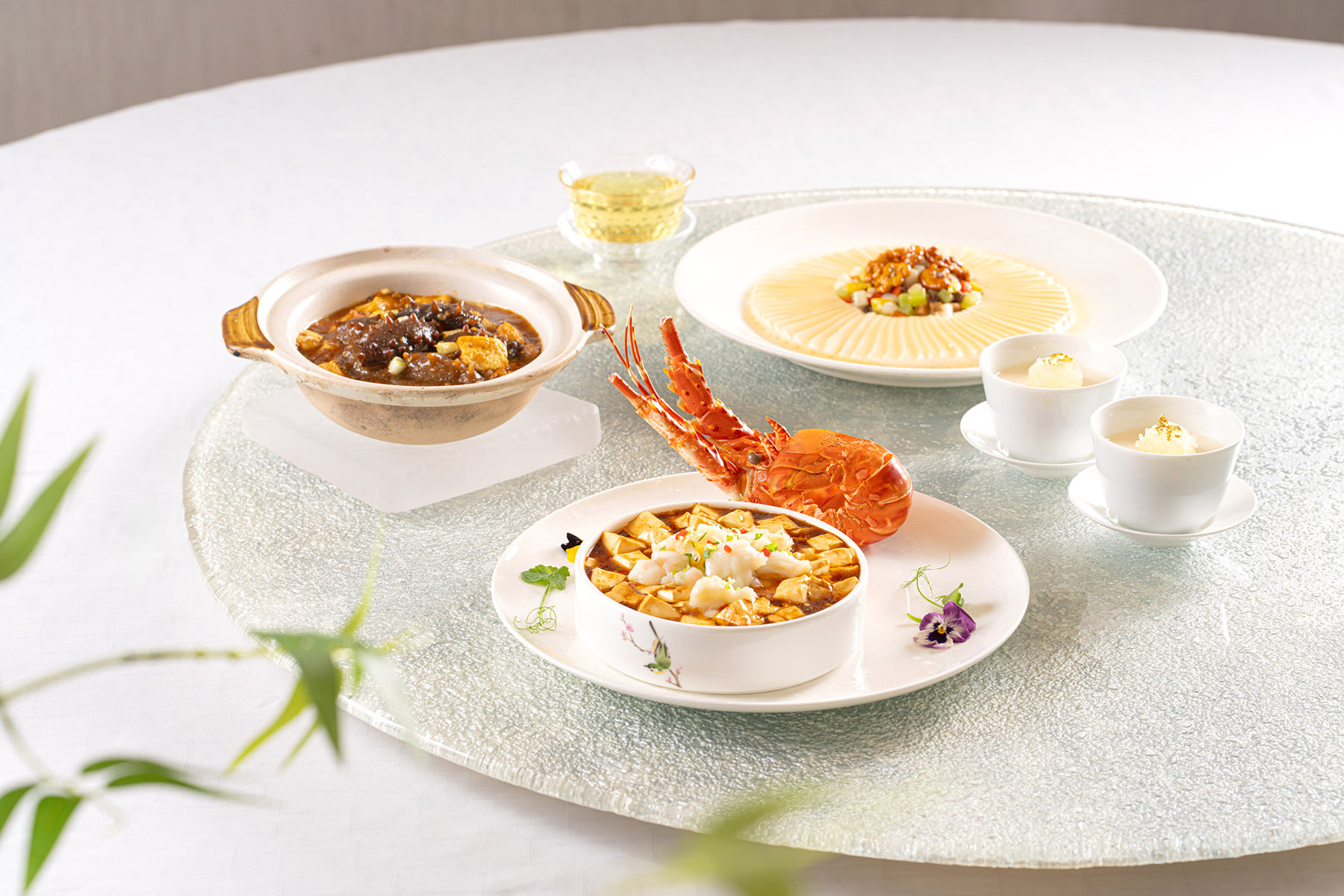
Tofu vs soy milk
Veronica Mak, an associate professor at the Sociology Department of Hong Kong Shue Yan University, says that the global stocks of soybean have risen after nutrition experts in Western countries acknowledged that it was a low-fat and low-calorie meat substitute. And yet, in that part of the world, tofu continues to be seen as an exotic Asian delicacy — a go-to food item preferred by vegetarians and vegans. Mak says this is a situation that’s unlikely to change until its popularity as a plant-based protein can match that of soy milk — an increasingly preferred alternative to dairy milk and available in most coffee shops around the world.
She goes on to add: “In recent years, soybean has become a superfood and ‘the food of the future’, thanks to Western nutrition and science, but similar perceptions haven’t trickled down to tofu.”
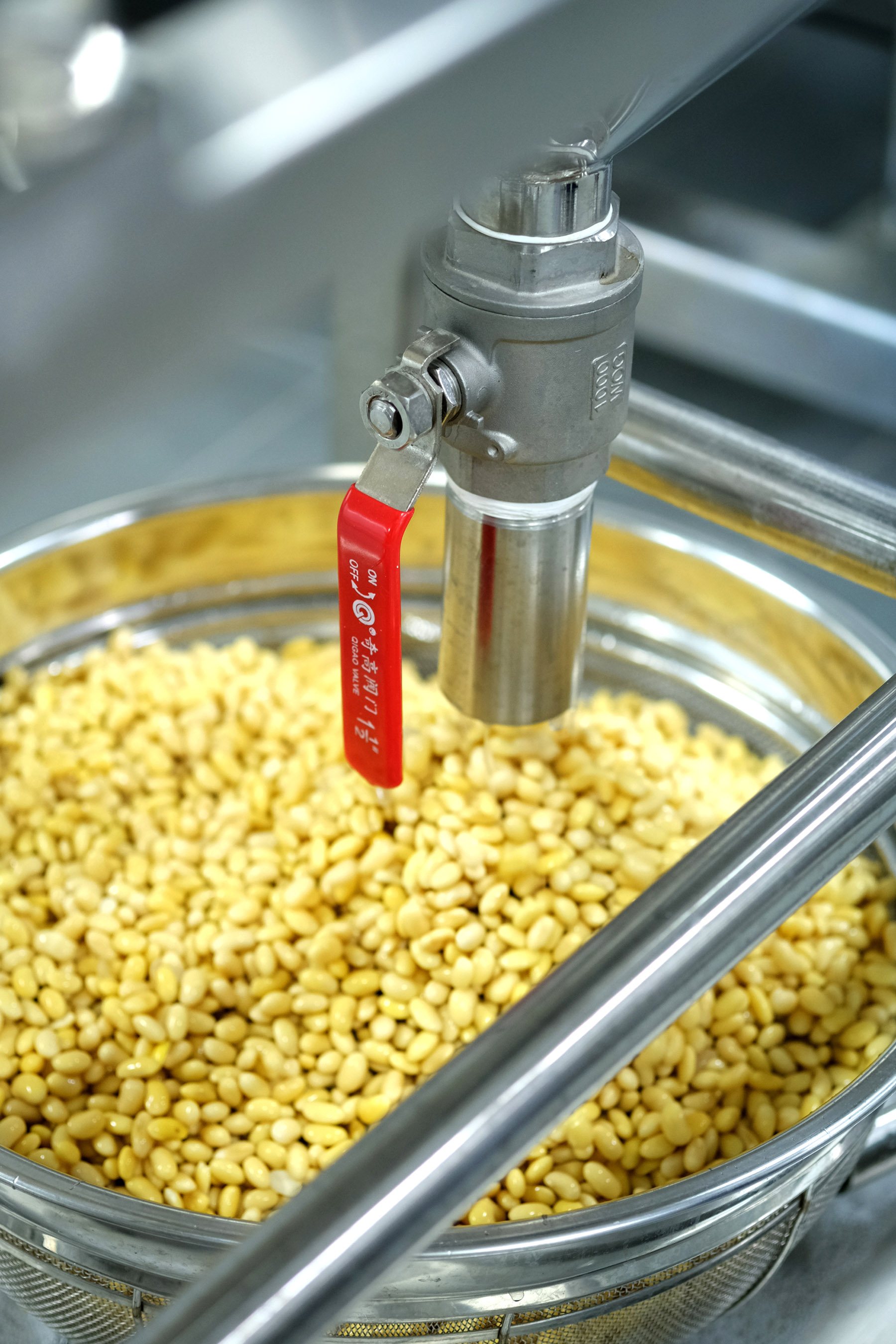
Pairing it right
The winner of a Michelin star and a Michelin green star, Mora in Cat Street, Sheung Wan, serves an exclusively soybean-based tasting menu. Following a French style of presentation, the appetizer is a tofu skin tartlet blooming with cherry tomato, soy mascarpone and rosemary pesto. The Chinese elements include braised tofu skin topped with soy lobster and noodles swimming in soy milk clam bouillon.
ALSO READ: HK gets new three-star Michelin restaurant; Macao casinos win big
Chef Vicky Lau says that the six-course menu, priced at HK$980 plus service charge, progresses from “light clean flavors to richer fermented notes”, the idea being to showcase, among tofu’s myriad qualities, its “versatility, seasonality and unique textures”.
Lau sources soybeans from Canadian farms. These are processed in her 45-square-meter factory, equipped with sophisticated machines, a refrigeration facility, and a dedicated area for bottling soy milk, extracted through a process that Lau herself has devised. She experiments with coagulation agents to manipulate textures, ranging from “quivery custards to dense, cheeselike blocks”. She also ferments, ages and cures tofu to let it absorb umami and pungent flavors as well as a Camembert cheeselike richness.
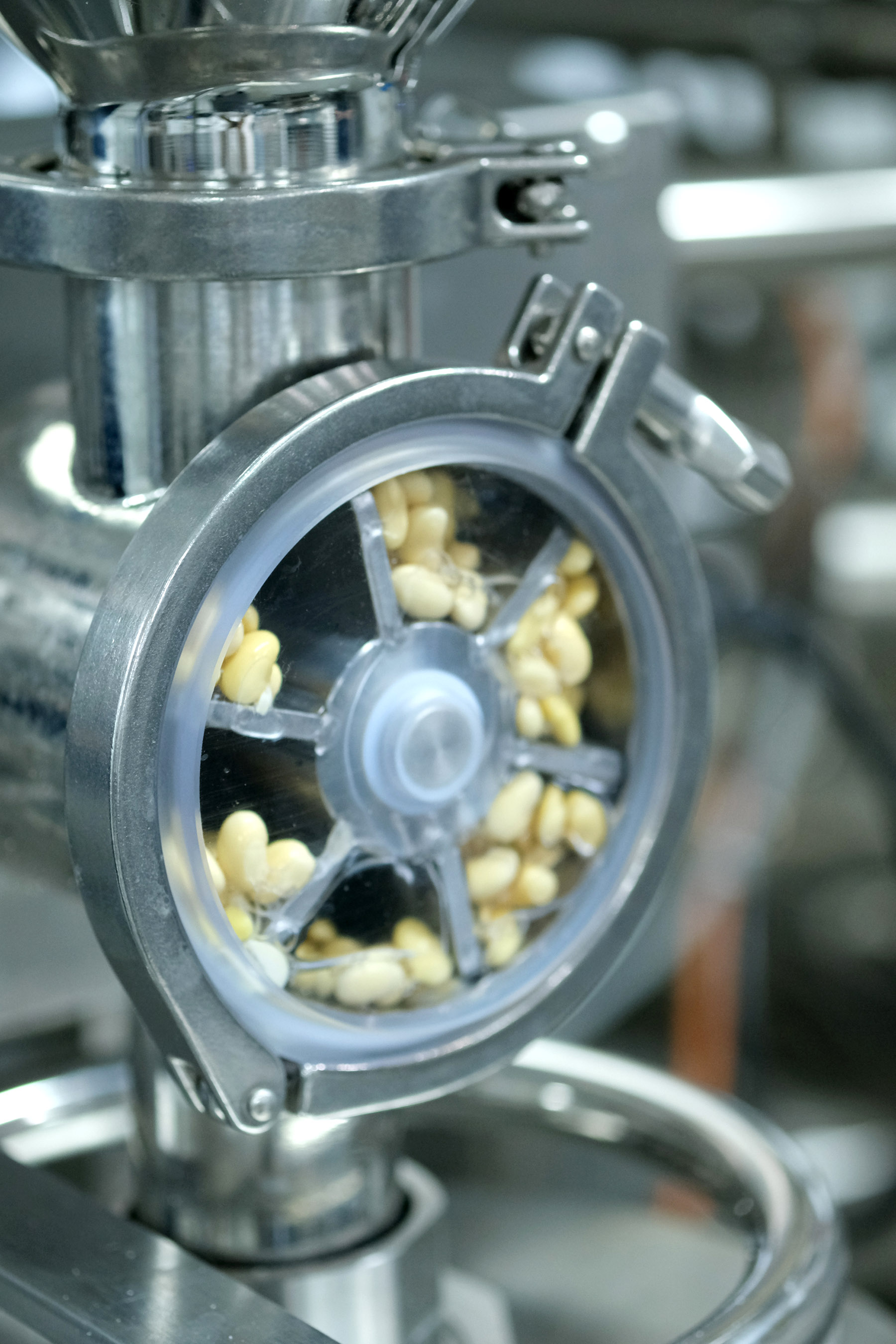
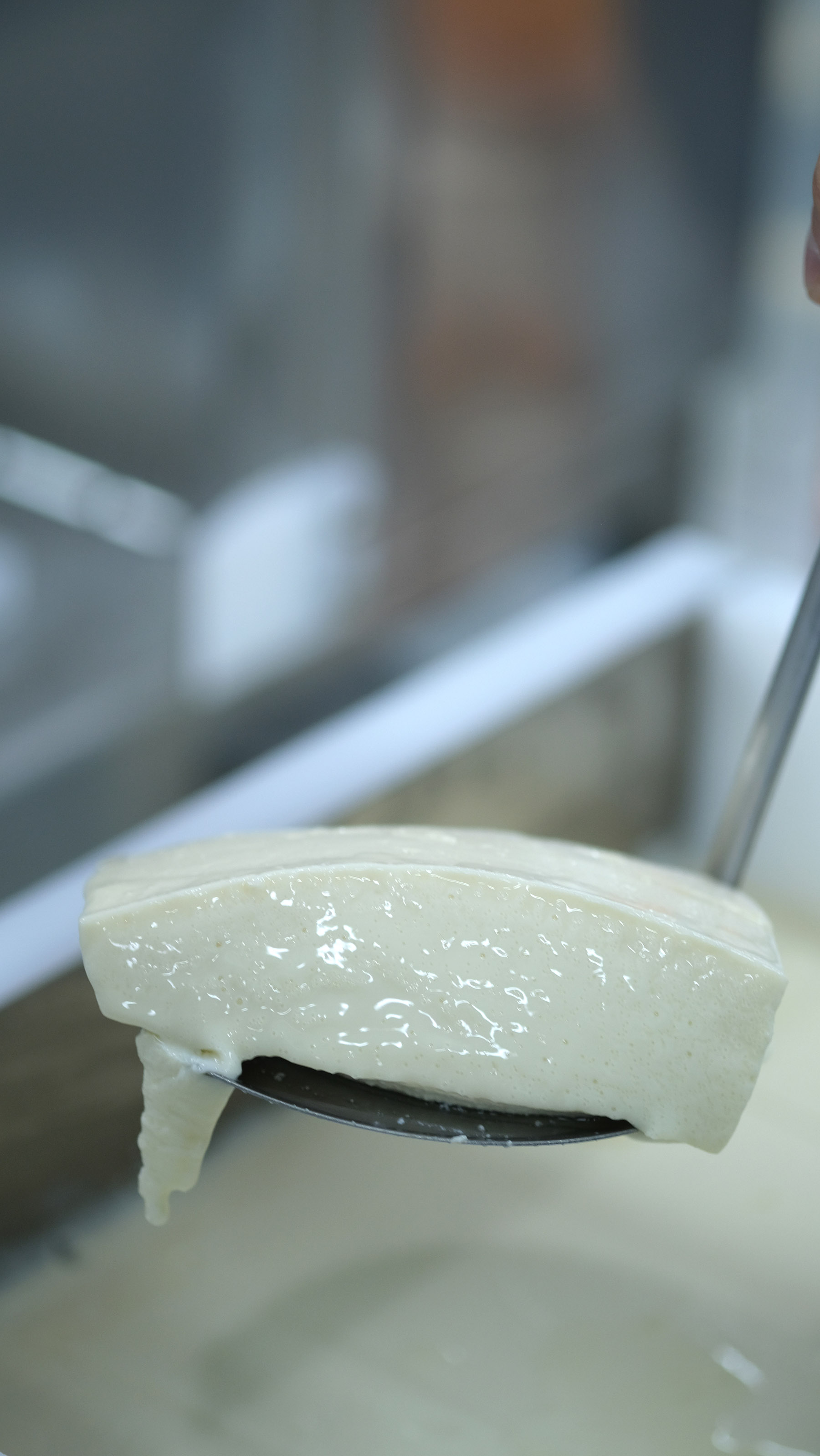
She says her sandbox of innovation is built on legacy and tradition, and Hong Kong’s culinary crossroads offer the perfect setting for such “dialogues between the old and new”.
She adds that “transforming humble staples like tofu through meticulous techniques justifies its value,” in the eyes of customers. “In Asia, diners already appreciate soy’s potential, while global audiences discover it through context. Presenting silken tofu to serve as custard or pairing soy milk with aged tea reframes perceptions — proving that when elevated with care, even ‘basic’ ingredients warrant their place at a fine dining table.”
ALSO READ: Planting dreams with soybeans
Kung Wo’s So, on the other hand, has no plans to expand or relocate from her childhood neighborhood of Sham Shui Po. Her way of carrying on the brand’s century-old legacy is by hosting tofu-making workshops and leading guided tours of her facility for schoolchildren.
“Before we can even discuss creativity, we must instill a sense of appreciation of such a historical craft in the next generation so that they don’t take it for granted,” So says. “Kung Wo might be an ancient name, but our ways are not ancient or complacent.”


